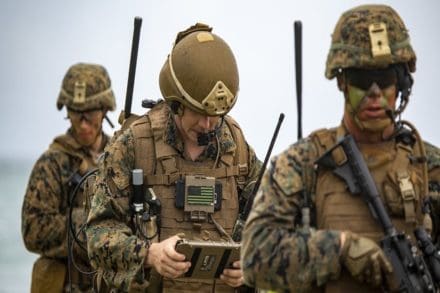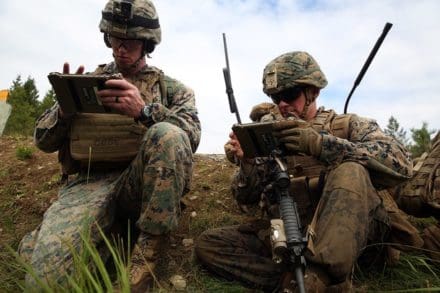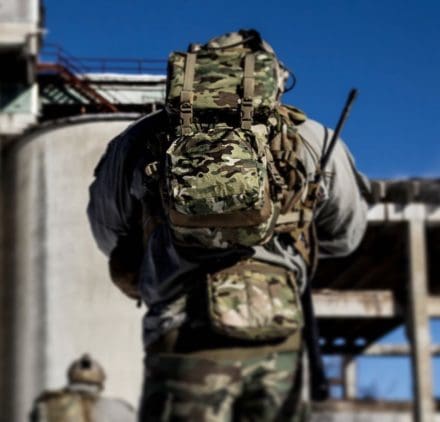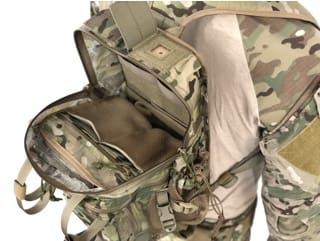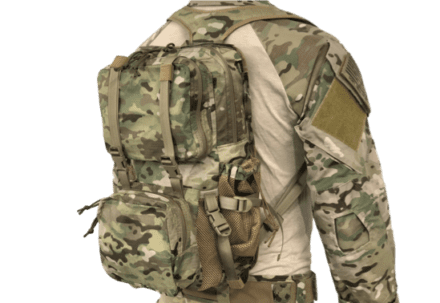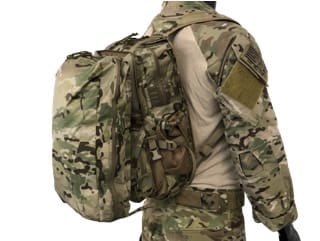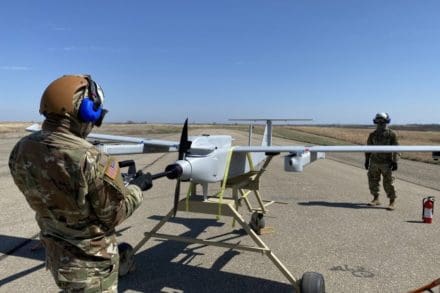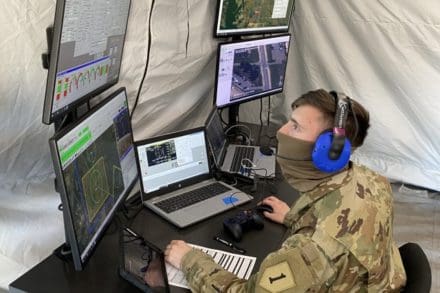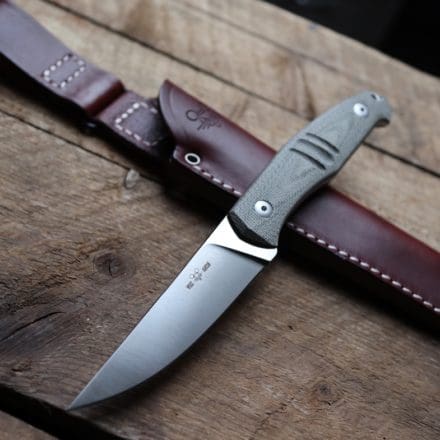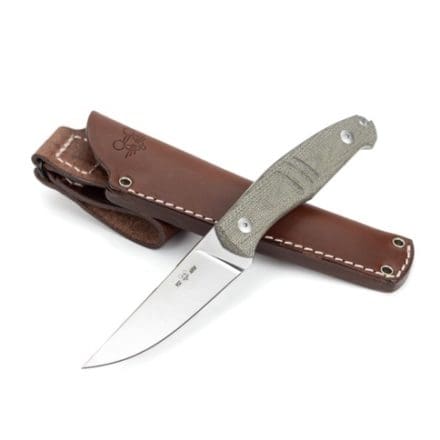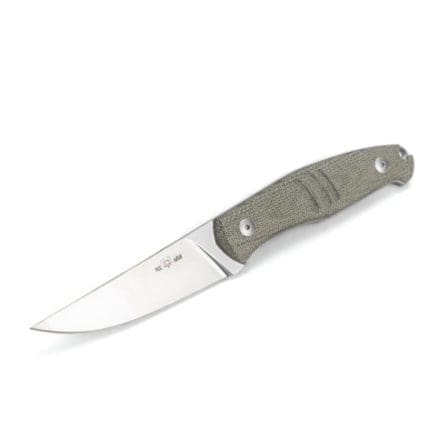Social distancing mandate spurs the development of the “Street Mask”
Bozeman, Mont. (April 13, 2020) – MYSTERY RANCH, the industry-leading pack company built on a heritage of comfortable load carriage, function and durability for people who have a mission to accomplish, has expanded its efforts to build personal protective equipment (PPE) for medical personnel, essential workers and government entities in the Gallatin Valley. MYSTERY RANCH has worked in collaboration with local volunteers and members of the outdoor industry to provide over 8500 masks, and counting, to local essential workers.

MYSTERY RANCH employee builds face masks for local Bozeman hospital and government agencies.
To date, MYSTERY RANCH has sewn and donated 500+ face masks and facilitated the making of 8500 masks by sourcing, donating and cutting the materials for their local volunteer effort. “We are grateful to our employees, the outdoor industry, our suppliers, and especially Nite Ize, for stepping up at a critical time,” said Dana Gleason, CEO and Co-Founder of Mystery Ranch. Nite Ize, a Boulder, Colo. based company that designs and manufactures inventor-driven products, has supplied critical materials to the overall mask building program. Gleason continued, “Elastic is a hot commodity and they supplied some of the best in the world. A unique and new formulation to keep this project going. The 3D nose piece is also an enormous step forward in long-term comfort.”
“I’m grateful for the opportunity to partner with Mystery Ranch to provide much needed mask making supplies. The spirit of innovation is strong in the mask making community and we’re excited that Gear Ties & BetterBands can play a pivotal part in the effort to keep people safe.” Rick Case, Nite Ize CEO + Founder
MYSTERY RANCH is using the feedback from hospital workers and the experience of the past several weeks to design a new mask that will be made available to the general public and government entities who are seeking all-day protection from COVID-19. The development of the new “Street Mask” includes a more form-fitting design and technical materials for a more comfortable fit over longer periods of time. The company plans to produce both the ‘Hospital Mask’ and the ‘Street Mask’ as long as there is demand.
See the masks in production and learn more about the effort here.


